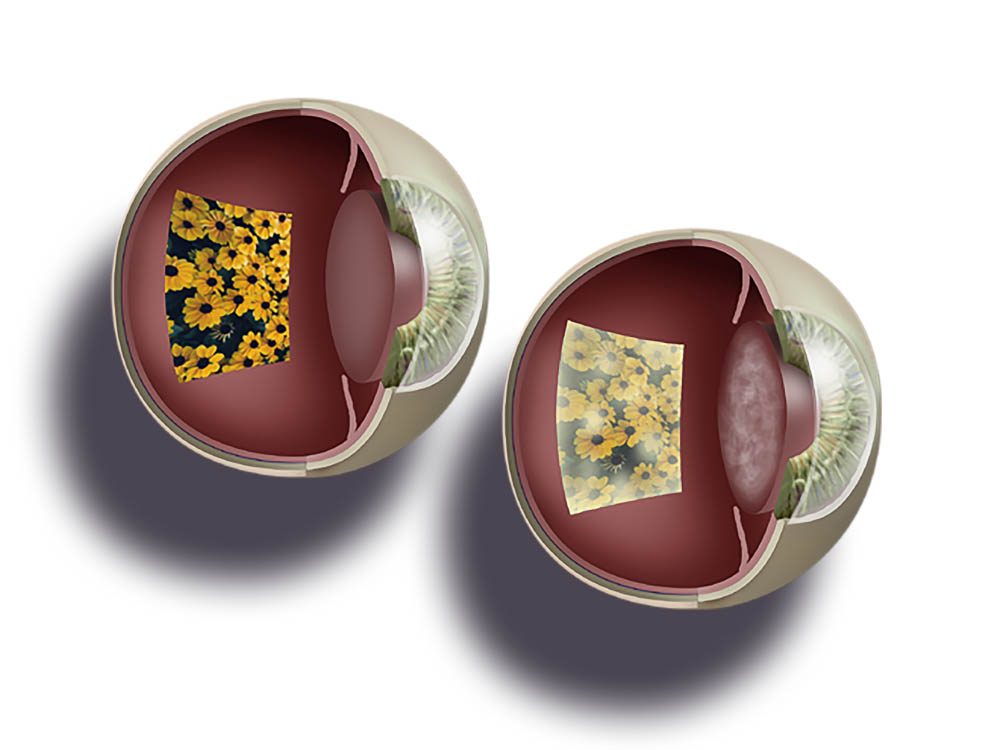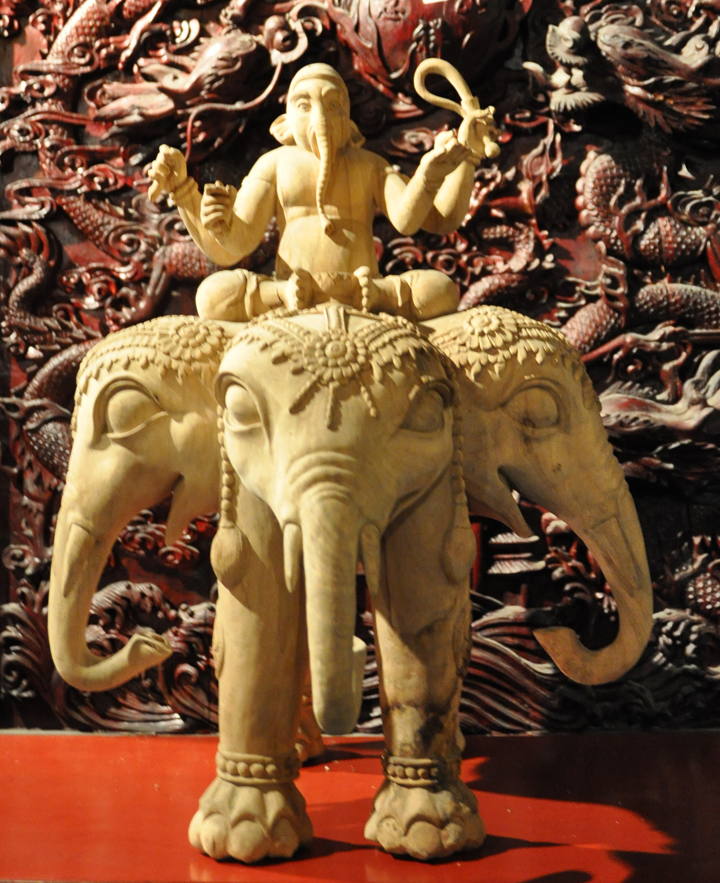
The Opponent-process Theory: about Opposites and Mu
The Opponent-process Theory: about Opposites and Mu
Opponent Process
Writing and Photographs by Laura Maaske, MSc.BMC, Medical Illustrator & Medical Animator| e-Textbook Designer
?To God everything is beautiful, good, and just; humans, however, think some things are unjust and others just.? – Heraclitus of Ephesus, Greek philosopher and cosmologist, 540-480BC
In my last post I mentioned the opponent process theory.
It’s a curious way human beings have of dividing things into two, the black and the white. And as always seems to be the case, there is a physiological architecture to point to for elucidation. Even the interpretation of color by the cones in our retina, which we always learned in school was based on three colors, is, in fact, based on a dual opponency. We are all aware that in pigment there are three primary colors: red, blue, and yellow, from which all other colors can be produced. In light there are also three colors: green, blue, and red, from which all other colors can be produced.
But in the neural firing of our eyes, there is a duality rather a trichromy in the interpretation of color. Ewald Hering described the opponent-process theory to explain this. Neurons that fire in response to a red object will, in their sudden absence, create the illusion of having seen green; and vice versa. Neurons that fire in response to blue will see yellow in the sudden absence of blue. Neurons that fire in response to black stimulus, in their sudden absence, perceive white. Opponent-process is also an emotions theory. Emotions come in pairs. They cannot be truly separated. If you feel pain in reaction to something, then there is pleasure underneath that pain. The pleasure is slow to form, but it lasts longer. There’s also an ancient Buddhist concept that the pairs cannot fully be separated. In going to the extreme with anything, you will inherently carry with you a seed of the opposite force. I was also thinking about a Balinese concept mentioned to me by a friend who visited there and photographed a checkered cloth with squares of black, white and grey. It’s as if we have to be reminded about that grey.
What is that grey between black and white? Is it a compromise of the forces, a blending, as I had once supposed. But while white and black may mix well to make grey, many experiences do not mix in such a predictable way. One of the most fascinating commentaries on pairs is the Hindu Trimurti Mask of the Elephanta Caves. There is a beautiful example I found, here, from Bali.
The mask represents the Hindu trinity, where Brahma (the creative force) is in the middle. On the right is Vishnu (female, the preserver). And on the left is Shiva (male, the destroyer), as Rudra. Worshiping one means to worship all the three.
Campbell suggested that the way to interpret this mask is to think of the male and female as representing the pairs which exist everywhere around us. Campbell called this pair The Duality of the Temporal World:
male ? female
wrong ? right
is ? isn’t
being ? non-being
this ? that
light ? dark
past ? future
dead ? alive
Who is the central mask? It’s Siva as Brahma Creator. Campbell didn’t call the thing at the center between the pairs “grey”. He called it Radiance. It’s the Mask of Eternity. Inside the Radiance the duality is healed by Brahma the Creator. The Duality of the Temporal World is merely an Illusion. Campbell said, “the eternal is experienced as a radiance”. What is there, in the laws of things, which should make it beautiful that opposites should be connected to one another? And why should life be designed ?is life really designed?? so that opposites are inextricably linked to one another? What do you think?
LauraOthers, speaking about opponent process:
Opponent Process in Vision (Wikipedia) Opponent Process General Theory (Wikipedia) Video discussing Opponent Process (with charts) Correlational Holographic Opponent Process (CHOP) Update March 5, 2017: 5 years after the article aboveAnother Viewpoint of Breaking the Dichotomy
Often as I grow older, I recognize the fact that ideas cannot always be expressed rationally in concrete ways. So I love this ode from Robert Pirsig’s, Zen and the Art of Motorcycle Maintenance, a book which I’d wanted read for years but only recently did:
“Yes and no?this or that?one or zero. In the basis of this elementary two-term discrimination, all human knowledge is built up. The demonstration of this is the computer memory that stores all knowledge in the form of binary information. It contains ones and zeroes, that’s all.
Because we’re unaccustomed to it, we don’t usually see that there’s a third possible logical term equal to yes and no which is capable of our understanding in an unrecognized direction. We don’t even have term for it, so I’ll have to use the Japanese mu.
Mu means “no thing.” Like “quality” it points outside the process of dualistic discrimination. Mu simply says, “no class: not one, not zero, not yes, not no.” It states that the context of the question is such that a yes and a no answer is in error and should not be given. “Unask the question” is what it says.
Mu becomes appropriate when the context of the question becomes too small for the truth of the answer. When the Zen monk was asked whether a dog had Buddha nature he said “Mu,” meaning that if he answered either way he was answering incorrectly. The Buddha nature cannot be captured by yes or no questions.
That Mu exists in the natural world investigated by science is evident. [?] The dualistic mind tends to think of Mu occurrences in nature as a kind of contextual cheating, or irrelevance, but Mu is found through all scientific investigation, and nature doesn’t cheat, and nature’s answers are never irrelevant. It’s a great mistake, a kind of dishonesty to sweep nature’s Mu answers under the carpet. [?]
When your answer to a test is indeterminate it means one of two things: that your test procedures aren’t doing what you think they are or that your understanding of the context of the question needs to be enlarged. Check your tests and restudy the question. Don’t throw away those Mu answers! They’re every bit as vital as the yes and no answers. They’re more vital. They’re the ones you grow on. ”
For more on the eyes, see my article on cataracts, and my image of stem cells to repair the retina:

July 24, 2012
Laura Maaske, MSc.BMC, Medical Illustrator & Medical Animator| e-Textbook Designer




